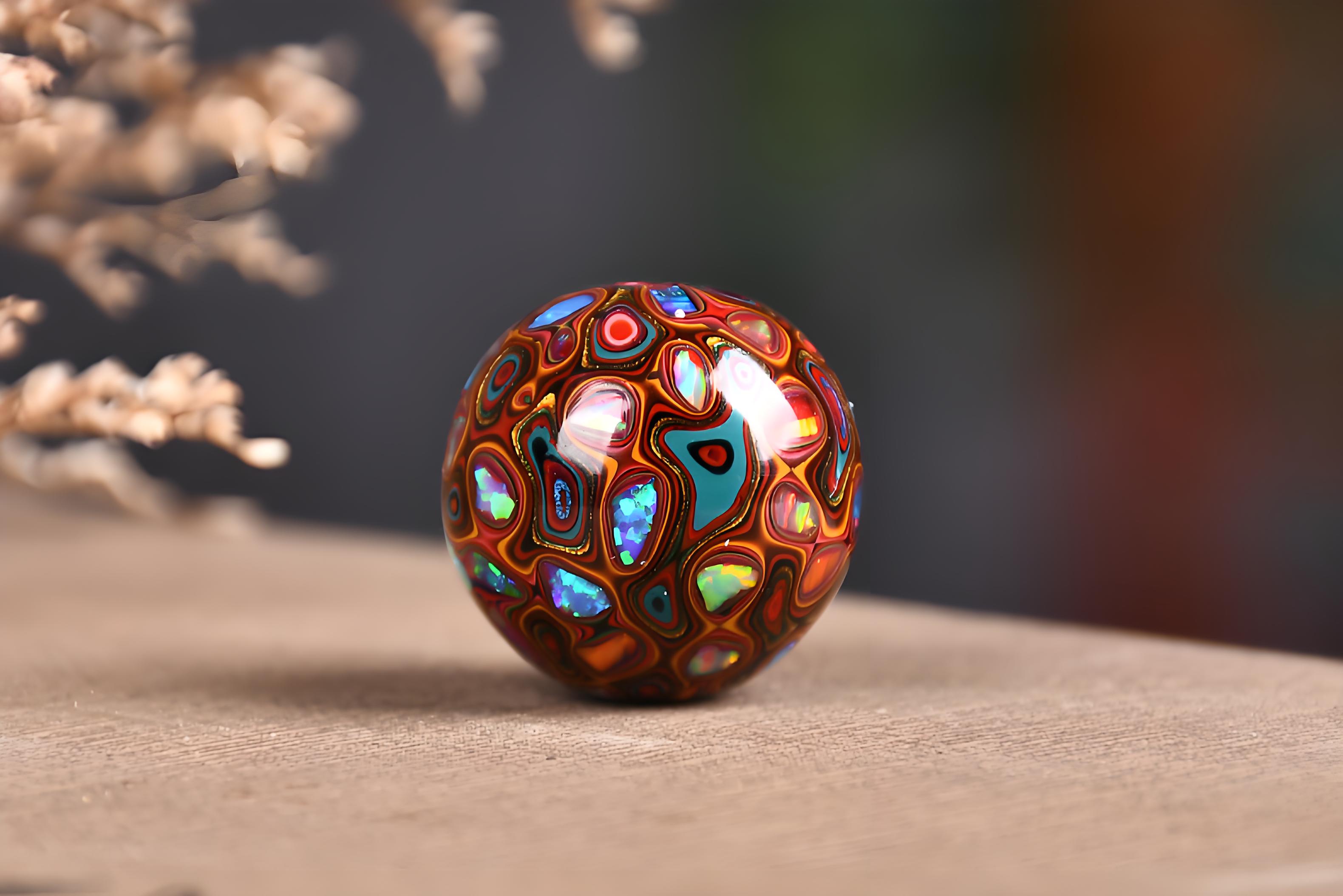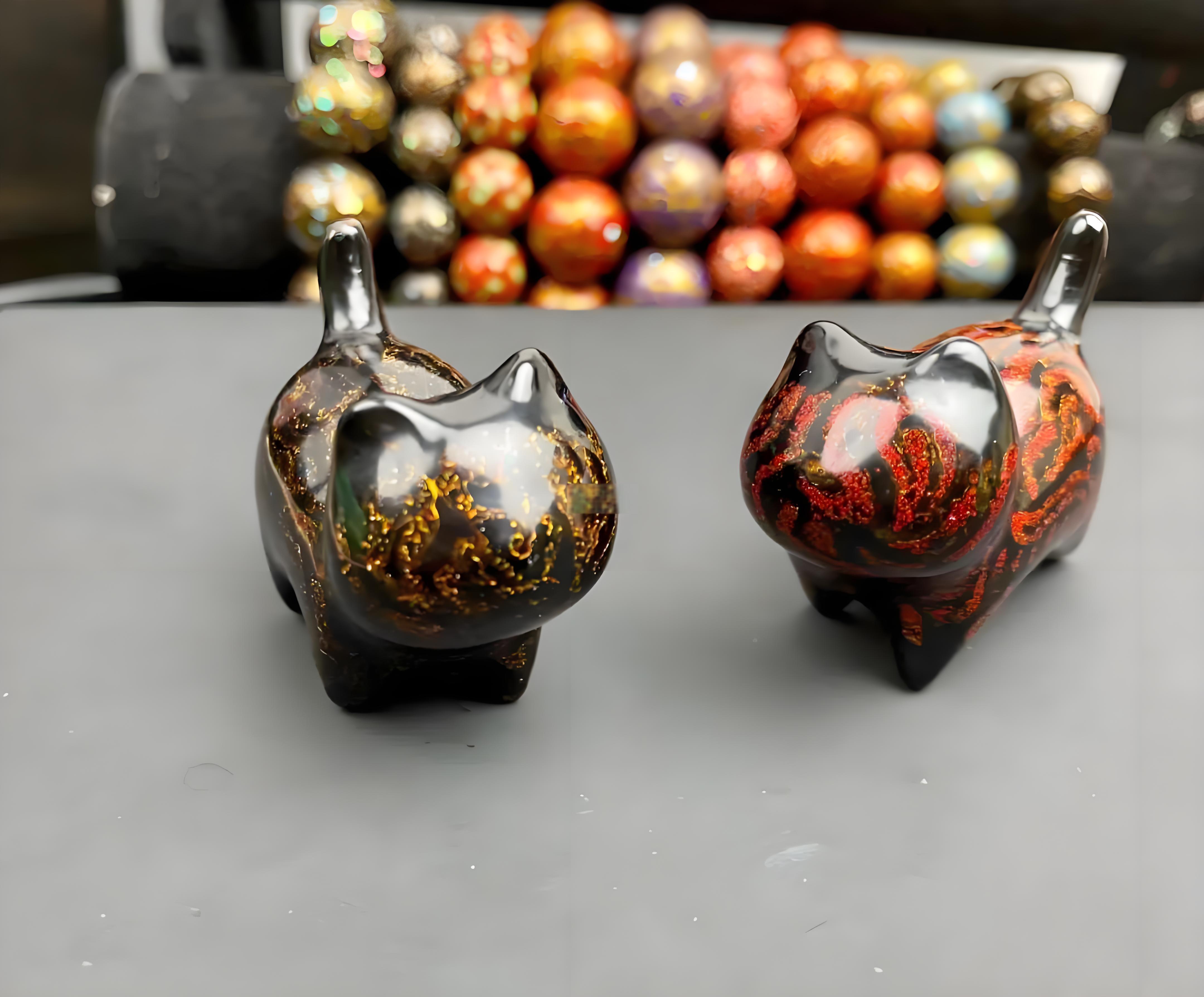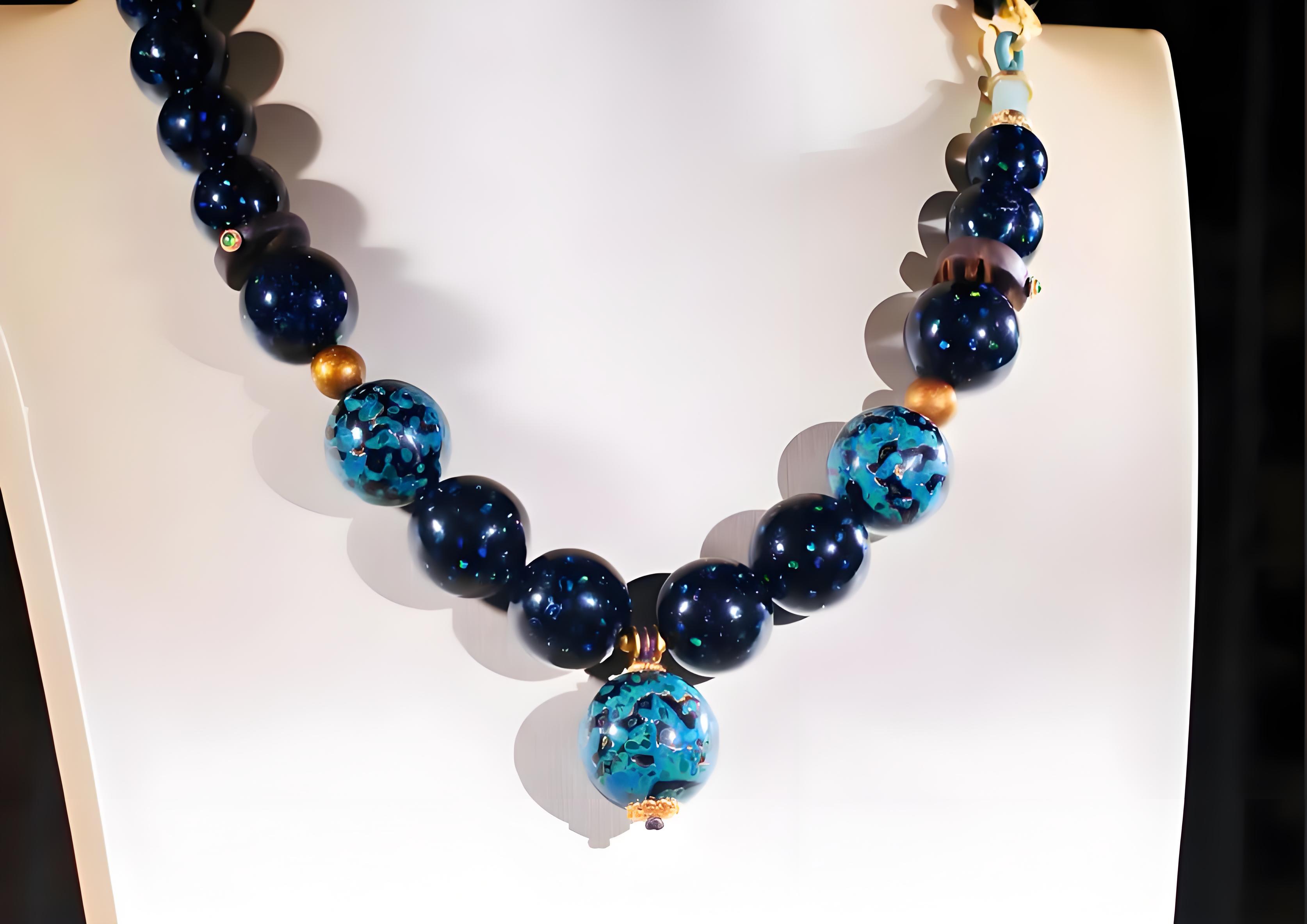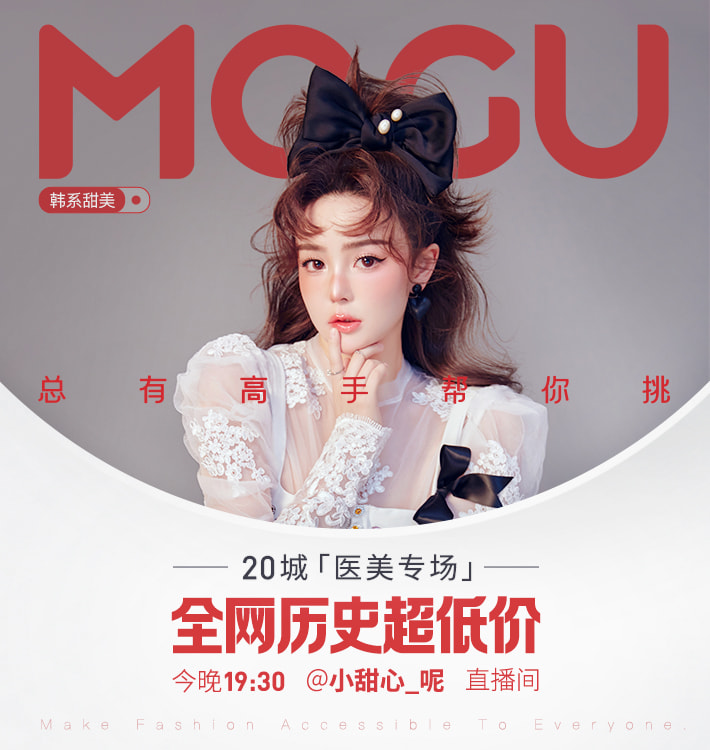The Story Behind Lacquerware: Luxury in Ancient Life
Lacquerware was regarded as a luxury item in ancient China, not only serving as a practical tool in daily life but also symbolizing identity, status, and culture. From the Shang Dynasty to the Qing Dynasty, lacquerware played a significant role throughout ancient Chinese society. Its exquisite craftsmanship and elaborate decoration made it a symbol of nobility and royalty.
In early Chinese history, the primary function of lacquerware was for storage and protection. Lacquerware from the Shang Dynasty was often used as burial items, and many lacquer artifacts excavated from the Yin Ruins in Anyang, Henan, have stunned the world with their unique craftsmanship and decorative style. However, as time passed, lacquerware evolved from a functional item into a symbol of status and power, especially among the nobility and royal families.
By the Western Han Dynasty, the craftsmanship of lacquerware reached new heights. During this period, lacquerware was not only refined in technique but also began to incorporate intricate methods such as carving, gilding, and inlaying. The decorative designs of lacquerware began to blend multiple artistic styles, including animal motifs, plant patterns, and historical stories, which added deeper cultural significance. Lacquerware from the Western Han period became not just a daily necessity but also an important means for nobles and high-ranking officials to showcase wealth and taste.
The Tang and Song Dynasties marked another golden era for lacquerware, particularly in the Song Dynasty, when lacquerware became even more finely crafted and diverse in design. During this time, lacquerware was not only functional but also used for decoration, becoming a luxury item to adorn homes and palaces, highlighting one’s status. The meticulous craftsmanship, elegant designs, and refined artistic atmosphere of Song Dynasty lacquerware made it a treasured collectible among the elite. Song Dynasty red lacquerware, with its exquisite carvings and delicate lacquer finish, represented the pinnacle of lacquer craftsmanship.
With the arrival of the Ming and Qing Dynasties, the craftsmanship of lacquerware became more complex, and its artistic style grew even more lavish. During this period, lacquerware was not only used in the royal courts and noble families but also became a key item for officials and wealthy merchants to flaunt their wealth and taste. The frequent use of gold and silver inlays, relief decorations, and vibrant colors made lacquerware even more luxurious, truly transforming it into a work of art.
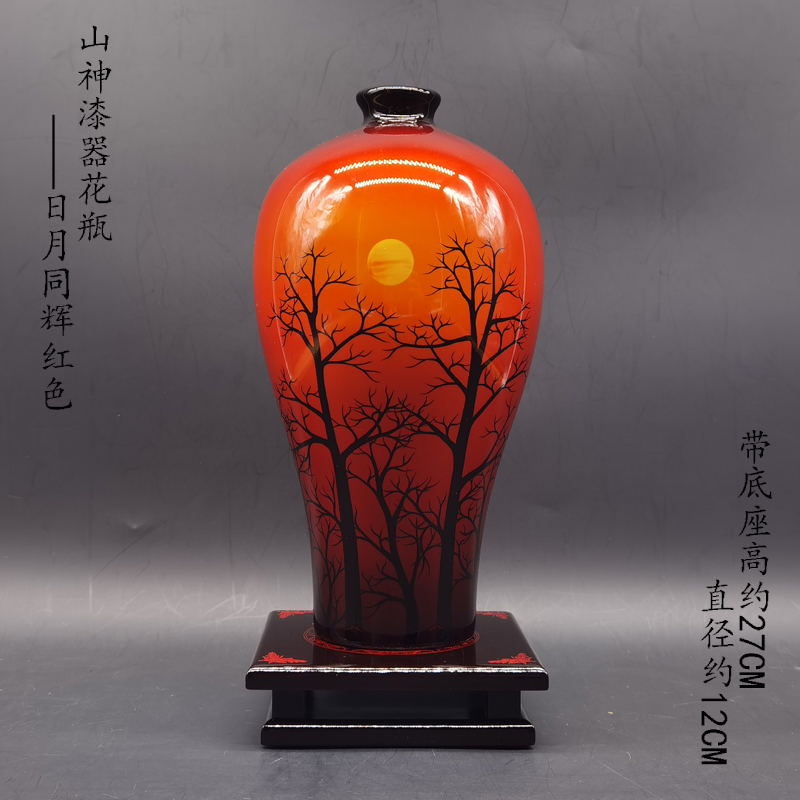
Why Choose Us?
We are committed to preserving and innovating ancient lacquerware craftsmanship, combining modern design with traditional techniques to create works that embody both historical depth and contemporary aesthetics. Each piece of lacquerware is carefully crafted by experienced artisans using high-quality natural lacquer, going through multiple processes to ensure its unique charm and noble elegance are fully showcased. Choosing us means choosing exquisite craftsmanship, culture, and a luxurious experience inherited from ancient times.

